
- Industrial Accessories Online
- Four Point Contact Ball Slewing Ring Bearing Industrial Plain Bearing Double-Row Cylindrical Roller Bearing
Home> Company News> Application of rolling bearing in ball mill
- AddressToh Guan Centre, 31/F,69 Toh Guan Rd E, Singapore 608609
- Factory AddressToh Guan Centre, 31/F,69 Toh Guan Rd E, Singapore 608609
- Worktime9:00-18:00 pm
- Phone(Working Time)0065-31591338
Application of rolling bearing in ball mill
2018-09-22 10:23:26The ball mill is the key equipment for crushing the material after being crushed. Ball mills are widely used in industrial production. There are many kinds of high fine grinding machines, such as tubular ball mill, rod mill, cement ball mill, superfine laminated mill, handball mill, horizontal ball mill, ball mill bearing bush, energy saving ball mill, overflow ball mill, ceramic ball mill, grinder ball mill. It is suitable for grinding all kinds of ores and other materials. It is widely used in mineral processing, building materials and chemical industry. It can be divided into two kinds of grinding methods: dry and wet. According to the different ways of discharging, it can be divided into two types: grid type and overflow type. According to the shape of the barrel, it can be divided into four types: short cylinder mill, long cylinder mill, tube mill and cone type mill.
The ball mill is composed of a horizontal cylinder, a hollow shaft and a grinding head and so on. The cylinder is a long cylinder, and the cylinder is equipped with abrasive bodies. The cylinder body is made of steel plates, and the steel lining board is fixed with the cylinder body. The grinding body is generally made of steel balls, and is loaded into the cylinder according to different diameters and a certain proportion, and the grinding body can also be used as steel segments. According to the size of the abrasive material, the material is loaded into the cylinder body by the hollow shaft of the feed end of the ball mill. When the ball mill body rotates, the grinding body will be carried away by the cylinder due to the inertia and centrifugal force and the friction force. When it is brought to a certain height, the gravity of the grinding body is due to its own gravity. The grinding body falling down and dropping the material in the cylinder like a projectile. The material enters the first warehouse of the mill evenly through the feeding hollow shaft through the feeding hollow shaft. There are stepped lining plates or corrugated lining plates in the warehouse, and all kinds of steel balls are loaded inside. The cylinder rotates to generate centrifugal force to drop the steel balls to a certain height, which will cause heavy impact and abrasive action on the materials. After rough grinding, the material enters the second storehouse through a single storehouse board. It has a flat lining plate and a steel ball, which further grinds the material. The powder is discharged through the discharging grate plate to finish the grinding operation. In the course of rotation, the cylinder also has slipping phenomenon. During the process of sliding, the material is grinded. In order to effectively utilize the grinding effect, the grinding cylinder is partitioned into two segments by twenty compartments, which are divided into two sections. When the material enters the second storehouse, the steel section grinds the material, and the qualified material is discharged from the empty mandrel of the discharging end. When the material with small feed particles is grinded, such as sand two slag, coarse fly ash and mill barrel, no partitions can be built, so that it can be used as a single barrel mill, and the grinding body can also be made of steel segments. Raw materials are grinded into hollow cylinders through hollow necked cylinders, and various diameter grinding media (steel balls, steel bars or gravel, etc.) are arranged in the cylinder. When the cylinder rotates around a horizontal axis at a certain speed, the medium and raw material in the cylinder will reach a certain height under the action of centrifugal force and friction. When the gravity is greater than the centrifugal force, it will fall off or roll off the wall of the cylinder and crush the ore by impact force. At the same time, in the process of mill rotation, the sliding movement between grinding media will also produce grinding effect on raw materials. The grated material is discharged through the hollow neck.
The reason why ball mill chooses sliding bearing as its main bearing is due to its better compliance and embeddedness, and it can resist the bonding caused by the starting load while bearing heavy load. However, due to the large contact area of the sliding bearing and the increase of the temperature brought by the rotation process, the speed of the bearing is very high. The requirement is that the transmission efficiency of the sliding bearing is low, the utilization rate of the energy is not high, and the wear of the sliding bearing is more serious. Especially in the use of cement plants and building materials factories, due to the need to run all day, and the amount of material handling is relatively large, the wear caused by sliding bearings is more serious. The ball mill will lose nearly hundreds of thousands of dollars per hour for every hour shutdown, and the high power motor will be used every hour. The cost of electricity reaches tens of hundred yuan, and every increase of transmission efficiency by one percentage point will reduce many electric energy consumption in one year. Therefore, the selection of bearings with good reliability and high transmission efficiency is very important. Through the rapid development of the rolling bearing industry, the material and reliability of bearings have been greatly improved, and the original sliding bearings are replaced by rolling bearings, thus improving the transmission efficiency of ball mills.
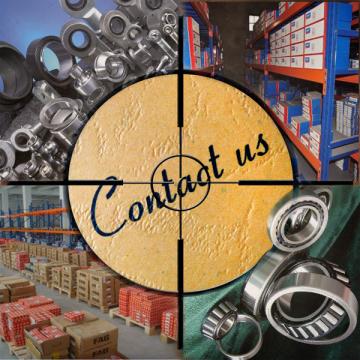 KOMATSU FRAME ASS'Y 14X-21-72103
KOMATSU FRAME ASS'Y 14X-21-72103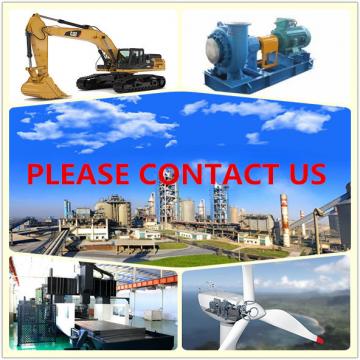 KOMATSU FRAME ASS'Y 419-Z02-3222
KOMATSU FRAME ASS'Y 419-Z02-3222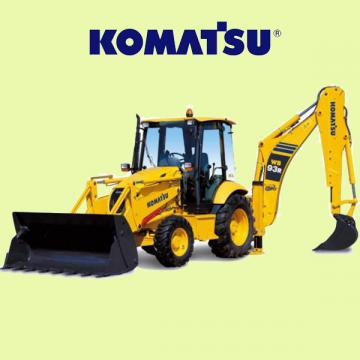 KOMATSU FRAME ASS'Y 154-70-72121
KOMATSU FRAME ASS'Y 154-70-72121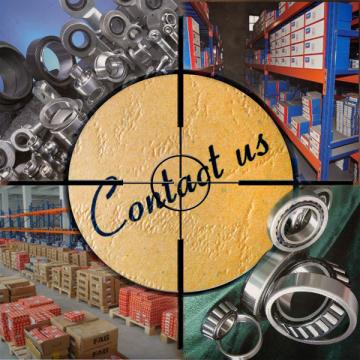 KOMATSU FRAME ASS'Y 13Y-21-25101
KOMATSU FRAME ASS'Y 13Y-21-25101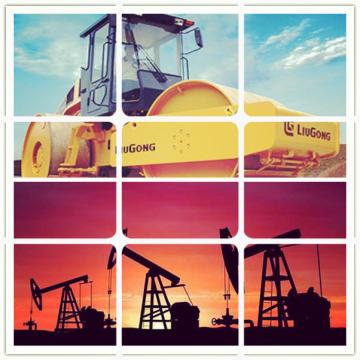 KOMATSU FRAME ASS'Y 14X-21-52302
KOMATSU FRAME ASS'Y 14X-21-52302